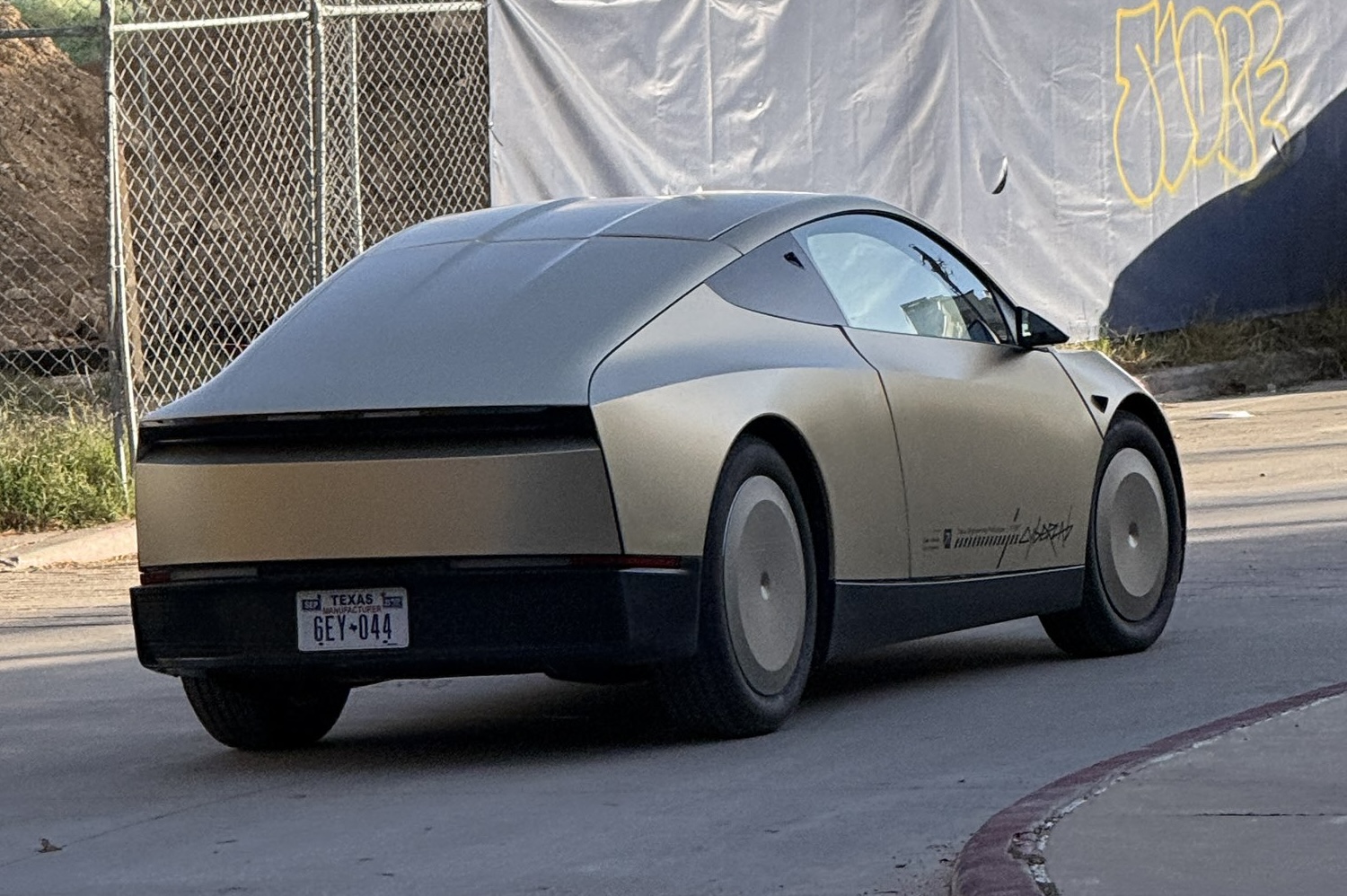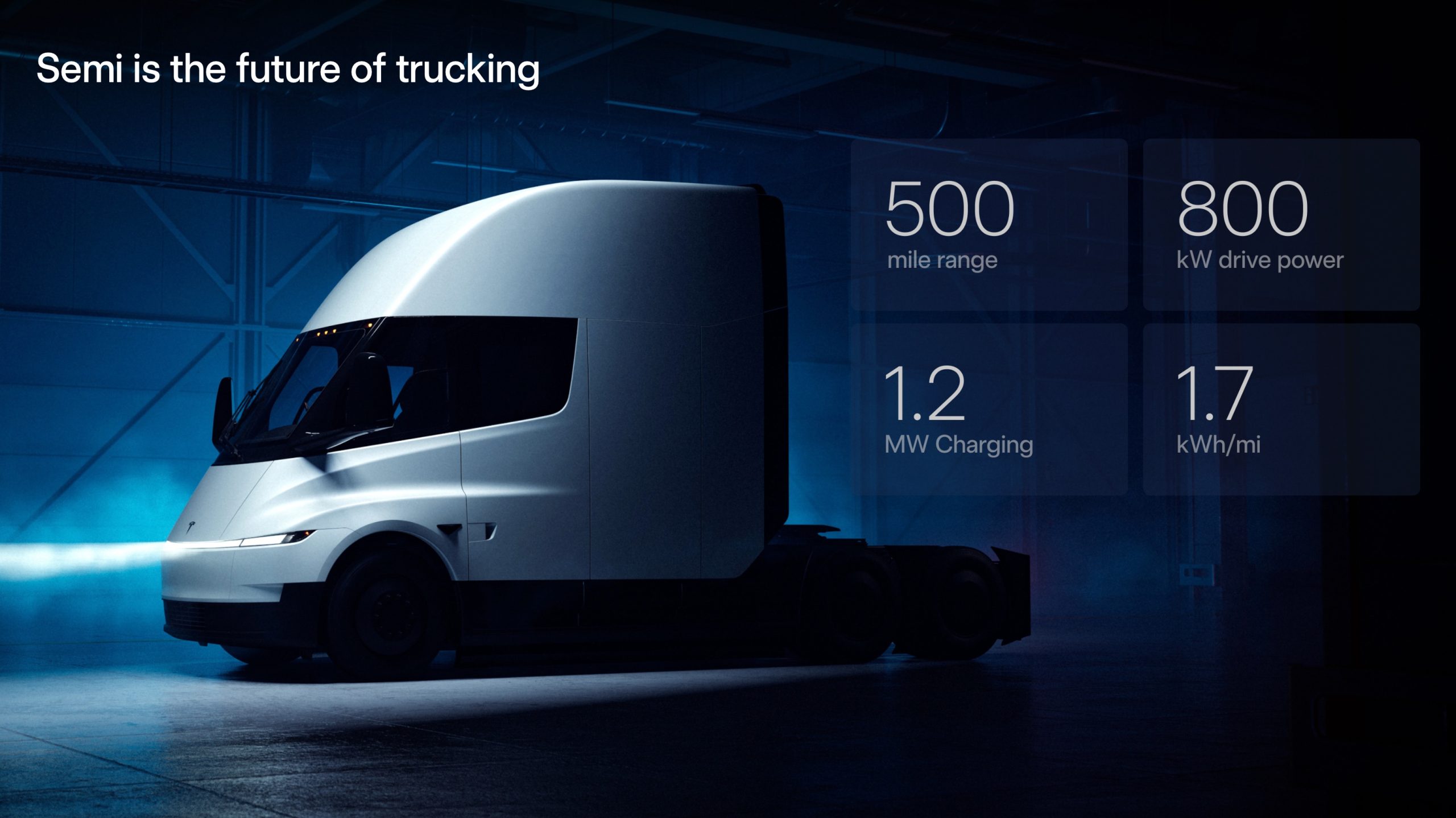Autonomy debuted its electric vehicle subscription service in Austin, Texas, following its successful launch in California earlier in 2022 and its recent expansion into Florida and Washington. Following California and Florida, Texas is ranked third in EV registrations.
With almost 30,000 new EVs on the road between 2020 and 2021, Autonomy noted that the growth and natural demand makes Texas, “a compelling state for Autonomy to expand operations into.”
Scott Painter, founder, and CEO of Autonomy, gave a press statement emphasizing the growth of EVs in Texas.
“The EV adoption rate in Texas signals to us that there’s even more demand for EVs and more of a need for alternative ways to access one,” he said. “Today, Texas has more than 156,000 EVs on the road, with 22,122 in Travis County alone — the highest-ranking EV county in Texas. These numbers are encouraging, and we’re excited for Autonomy service to help boost EV adoption in the second-most-populous state in the country and increase EV adoption statewide.”
Austin has over 1,300 public EV chargers, with more than 500 new ones added within the last 90 days. Autonomy highlighted the city’s unique Austin Energy Plug-in EVerywhere network subscription plan that offers unlimited charging for $4.17 per month at any of its over 1,000 level 2 charging stations.
During a call with Teslarati on Wednesday, Scott Painter shared the types of EVs it will offer in Austin, along with a few additional details.
“Our fleet is predominantly Tesla Model 3s, and we have a couple of Modely Ys. Right now, we’ve got just under 2,000 cars in total in the fleet, and I think it’s about 100 Model Ys.”
“In the first quarter, we’re going to be adding VinFast, as well as Mercedes and Polestar. Those three brands are going to become part of the lineup in all of our markets.”
Scott added that he and the team at Autonomy were excited about Austin, specifically.
“Austin has a much bigger rate of EV registration rateably than everywhere else in Texas. Everywhere else in the country is sort of at about one or two percent that people are getting EVs. In Austin, it’s almost 10%.”
He added that it’s about 20% in California, but Austin and Miami are the top two cities in terms of EV registrations as a rateable number relative to non-electric vehicles.
We asked if Tesla’s move to Austin played any role in Autonomy’s decision to launch in Austin. Scott pointed out that although it did not, Tesla’s move probably played a key role in Austin’s EV registrations going up.
“Our decision was purely based on the evidence of EV registrations. I’m sure that EV registrations in Austin were influenced by Tesla’s decision to headquarter there. I think Austin feels like it owns Elon now, so, people who live in Austin feel like they should be driving the local car,” he said.
“But we’re simply making decisions based on really rational evidence that says this is the time to go to Austin.”
Scott emphasized the affordability of driving an EV versus a traditional internal combustion engine vehicle.
“I think that we could have never anticipated the kind of tailwinds that we’re seeing right now for going electric. Certainly, when gas prices go above four or five dollars a gallon, it’s undeniable. You should be driving an electric car.”
Scott noted that one could drive the same amount of miles for around one-eighth the price.
“The average American currently still gets 20 miles to the gallon and drives 1,000 miles per month. That means they’re putting $4,000+ per year into their car versus $800 per year for the same miles even in a state like California where we pay almost 20 cents a kWh for electricity.”
He also pointed out that Autonomy fills in the gaps where the cost of buying a new car, especially an EV, is becoming “unreachable” for many Americans. He also noted that many people are holding off on buying an EV because of the Inflation Reduction Act and tax credits.
“Everyone sort of thinks that, ‘I’ll just wait until the tax credit is there.’ Well, to qualify for the tax credit, you have to make a certain amount of money, and you have to buy a car that has a certain amount of all American-made products in it. So Tesla would normally fully qualify, but some of these new entrants don’t.”
Scott explained that as a fleet operator, Autonomy qualifies for all of it and is able to pass along those savings.
Disclosure: Johnna is a $TSLA shareholder and believes in Tesla’s mission.
Your feedback is welcome. If you have any comments or concerns or see a typo, you can email me at johnna@teslarati.com. You can also reach me on Twitter at @JohnnaCrider1.
Teslarati is now on TikTok. Follow us for interactive news & more. Teslarati is now on TikTok. Follow us for interactive news & more. You can also follow Teslarati on LinkedIn, Twitter, Instagram, and Facebook.

News
Tesla Cybercab tests are going on overdrive with production-ready units
Tesla is ramping its real-world tests of the Cybercab, with multiple sightings of the vehicle being reported across social media this week.

Tesla is ramping its real-world tests of the Cybercab, with multiple sightings of the autonomous two-seater being reported across social media this week. Based on videos of the vehicle that have been shared online, it appears that Cybercab tests are underway across multiple states.
Recent Cybercab sightings
Reports of Cybercab tests have ramped this week, with a vehicle that looked like a production-ready prototype being spotted at Apple’s Visitor Center in California. The vehicle in this sighting was interesting as it was equipped with a steering wheel. The vehicle also featured some changes to the design of its brake lights.
The Cybercab was also filmed testing at the Fremont factory’s test track, which also seemed to involve a vehicle that looked production-ready. This also seemed to be the case for a Cybercab that was spotted in Austin, Texas, which happened to be undergoing real-world tests. Overall, these sightings suggest that Cybercab testing is fully underway, and the vehicle is really moving towards production.
Production design all but finalized?
Recently, a near-production-ready Cybercab was showcased at Tesla’s Santana Row showroom in San Jose. The vehicle was equipped with frameless windows, dual windshield wipers, powered butterfly door struts, an extended front splitter, an updated lightbar, new wheel covers, and a license plate bracket. Interior updates include redesigned dash/door panels, refined seats with center cupholders, updated carpet, and what appeared to be improved legroom.
There seems to be a pretty good chance that the Cybercab’s design has been all but finalized, at least considering Elon Musk’s comments at the 2025 Annual Shareholder Meeting. During the event, Musk confirmed that the vehicle will enter production around April 2026, and its production targets will be quite ambitious.
News
Tesla gets a win in Sweden as union withdraws potentially “illegal” blockade
As per recent reports, the Vision union’s planned anti-Tesla action might have been illegal.

Swedish union Vision has withdrawn its sympathy blockade against Tesla’s planned service center and showroom in Kalmar. As per recent reports, the Vision union’s planned anti-Tesla action might have been illegal.
Vision’s decision to pull the blockade
Vision announced the blockade in early December, stating that it was targeting the administrative handling of Tesla’s facility permits in Kalmar municipality. The sympathy measure was expected to start Monday, but was formally withdrawn via documents sent to the Mediation Institute and Kalmar Municipality last week.
As noted in a Daggers Arbete report, plans for the strike were ultimately pulled after employer group SKR highlighted potential illegality under the Public Employment Act. Vision stressed its continued backing for the Swedish labor model, though Deputy negotiation manager Oskar Pettersson explained that the Vision union and IF Metall made the decision to cancel the planned strike together.
“We will not continue to challenge the regulations,” Petterson said. “The objection was of a technical nature. We made the assessment together with IF Metall that we were not in a position to challenge the legal assessment of whether we could take this particular action against Tesla. Therefore, we chose to revoke the notice itself.”
The SKR’s warning
Petterson also stated that SKR’s technical objection to the Vision union’s planned anti-Tesla strike framed the protest as an unauthorized act. “It was a legal assessment of the situation. Both for us and for IF Metall, it is important to be clear that we stand for the Swedish model. But we should not continue to challenge the regulations and risk getting judgments that lead nowhere in the application of the regulations,” he said.
Vision ultimately canceled its planned blockade against Tesla on December 9. With Vision’s withdrawal, few obstacles remain for Tesla’s long-planned Kalmar site. A foreign electrical firm completed work this fall, and Tesla’s Careers page currently lists a full-time service manager position based there, signaling an imminent opening.
News
Tesla Semi program Director teases major improvements

Tesla Semi Program Director Dan Priestly teased the major improvements to the all-electric Class 8 truck on Thursday night, following the company’s decision to overhaul the design earlier this year.
Priestley said he drove the Semi on Thursday, and the improvements appear to be welcomed by one of the minds behind the project. “Our customers are going to love it,” he concluded.
Just drove the redesigned Semi. Our customers are going to love it. https://t.co/KZ88sf1CDL
— Dan Priestley (@danWpriestley) December 19, 2025
The small detail does not seem like much, but it is coming from someone who has been involved in the development of the truck from A to Z. Priestley has been involved in the Semi program since November 2015 and has slowly worked his way through the ranks, and currently stands as the Director of the program.
Tesla Semi undergoes major redesign as dedicated factory preps for deliveries
Tesla made some major changes to the Semi design as it announced at the 2025 Annual Shareholder Meeting that it changed the look and design to welcome improvements in efficiency.
Initially, Tesla adopted the blade-like light bar for the Semi, similar to the one that is present on the Model Y Premium and the Cybertruck.
Additionally, there are some slight aesthetic changes to help with efficiency, including a redesigned bumper with improved aero channels, a smaller wraparound windshield, and a smoother roofline for better aero performance.
All of these changes came as the company’s Semi Factory, which is located on Gigafactory Nevada’s property, was finishing up construction in preparation for initial production phases, as Tesla is planning to ramp up manufacturing next year. CEO Elon Musk has said the Semi has attracted “ridiculous demand.”
The Semi has already gathered many large companies that have signed up to buy units, including Frito-Lay and PepsiCo., which have been helping Tesla test the vehicle in a pilot program to test range, efficiency, and other important metrics that will be a major selling point.
Tesla will be the Semi’s first user, though, and the truck will help solve some of the company’s logistics needs in the coming years.









